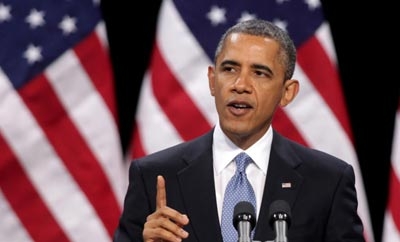The White House’s 2013 National Drug Control Strategy Report maintains the previous year’s focus on prevention and treatment as the means to reduce demand for illegal drugs, and places increased emphasis on prescription drug abuse.
The 2013 National Drug Control Strategy builds on the goals set out in the Obama administration’s first strategy, published in 2010. The two main objectives are curtailing illicit drug consumption (including reducing the number of chronic drug users by 15 percent) and reducing the consequences of drug use (reducing drug-related deaths by 15 percent) by 2015.
The bulk of the strategy is devoted to prevention, treatment, and early intervention, although traditional law enforcement strategies and both domestic and international supply-side efforts are also detailed. The report also prioritizes two policy focuses: reducing drug-driving and preventing prescription drug abuse.
InSight Crime Analysis
The spotlight on prescription drug abuse, which a 2012 US Senate report called the nation’s “fastest-growing drug problem,” illustrates how concern about this issue has grown in recent years — along with the fear that Mexican drug cartels could exploit this market opportunity.
The report continues to champion the Obama administration’s “third way” rhetoric, which claims to be charting a path between legalization and the “war on drugs.” However, drug law reform advocates remain skeptical about whether the administration’s words match its policies. The Drug Policy Alliance expressed concern that the strategy’s proposed expansion of specialized drug courts means that drug addiction is still treated as a criminal justice problem rather than a public health issue.
Read the full report here (pdf).

